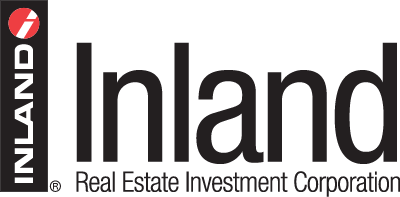In previous posts, we have discussed the requirements of a 1031 Exchange and the importance of complying with those requirements to help ensure a successful transaction. Fortunately, there is a series of documents used in the exchange process that, if provided upfront, will help the taxpayer complete a successful exchange.
For taxpayers considering a 1031 Exchange, it's essential to understand the purpose of these documents. Below, we will look at a sampling of several of the most critical agreements and forms:
Purchase and Sale Agreement (PSA)
Also sometimes referred to as the Contract of Sale, the PSA is a common document used in real estate transactions. For 1031 Exchanges, the PSA must contain specific language that the exchanger is using a like-kind exchange. If not included in the PSA, an addendum can be attached that states the exchanger's intent. The PSA also identifies the Qualified Intermediary (QI) that will facilitate the Exchange.
Exchange Agreement
This agreement is generally considered the most important document of a 1031 Exchange. It is a written agreement between the taxpayer (the exchanger) and the QI, and it defines several critical aspects of the Exchange, including:
-
The taxpayer's intention to use the 1031 Exchange
-
The QI's role in acquiring the relinquished property from the seller and transferring it to the purchaser
-
The QI's role in acquiring the replacement property from the seller and transferring it to the purchaser
-
The QI's role in handling the funds throughout the transaction
-
The limitations of receiving proceeds or exchange funds
IRS Form 8824
This form is required by the IRS and is used by the seller to report the Exchange details, including details on the relinquished and replacement properties, transaction dates, and details about the gains or losses from the Exchange. The IRS requires the taxpayer to file the form for the year the 1031 Exchange occurs.
1031 Identification Form
The rules related to the submission of the 1031 Identification Form are clearly defined and unwavering. Per the statutory requirement of IRC Section 1031, this form must be completed and signed by the taxpayer and either sent by U.S. Mail or via fax to the QI no later than midnight on the 45th calendar day following the transfer of the relinquished property.
The form should clearly identify the replacement property or properties, including addresses and fair market valuations. Section 1031 rules allow the exchanger to identify multiple replacement properties by using one of three selection criteria which we have discussed in earlier posts:
-
Three-Property Identification Rule
-
200% Identification Rule
-
95% Identification Exception
Assignment of Proper Notice
This document is required by the QI and allows for direct deeding and ownership assignment. In addition, notice is provided to the buyer of the relinquished property and to the seller of the replacement property. This assignment also stipulates that the QI is not acting as the exchanger's agent.
Settlement Statement and Deed
The Settlement Statement explicitly identifies the correct amount of funds from the sale of the relinquished property. It provides evidence that funds are appropriately used in the acquisition of the replacement property. The Deed is required to convey the transfer of the properties in the Exchanges.
As you can see, many essential documents are needed to execute a 1031 Exchange successfully. It is important to note that this summary is not exhaustive, and states may have their own requirements. The information set forth herein is not intended as tax advice, and anyone considering a 1031 Exchange should consult with their tax advisors.
As summarized above, there are several items to consider when executing a 1031 Exchange. The importance of exchangers working closely with financial professionals, tax consultants, and reputable QIs when considering a 1031 Exchange is clear. Helping clients navigate the nuances of this powerful tax-deferral strategy is yet another opportunity for you to show your expertise and value.




